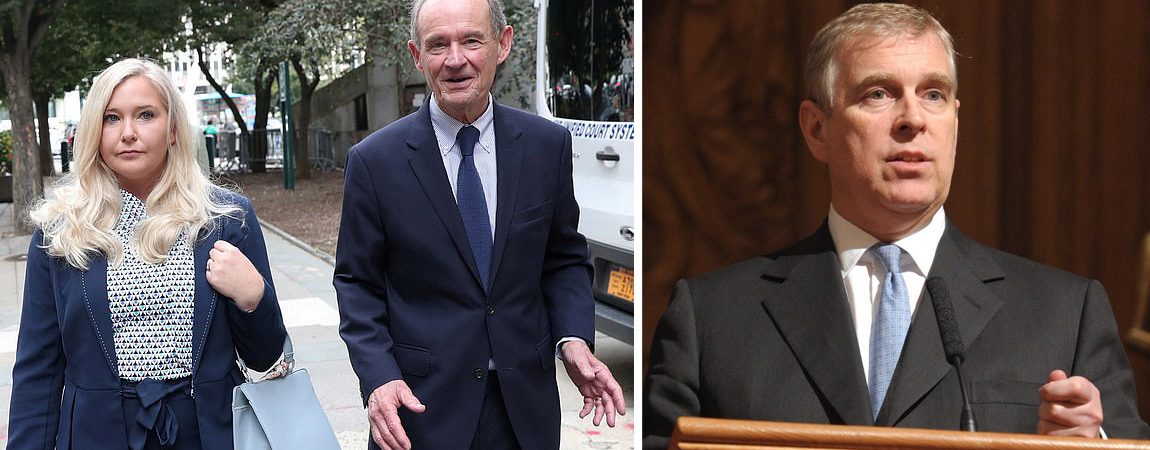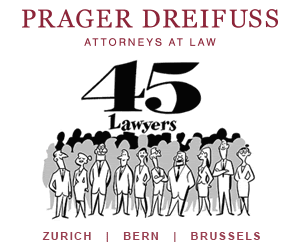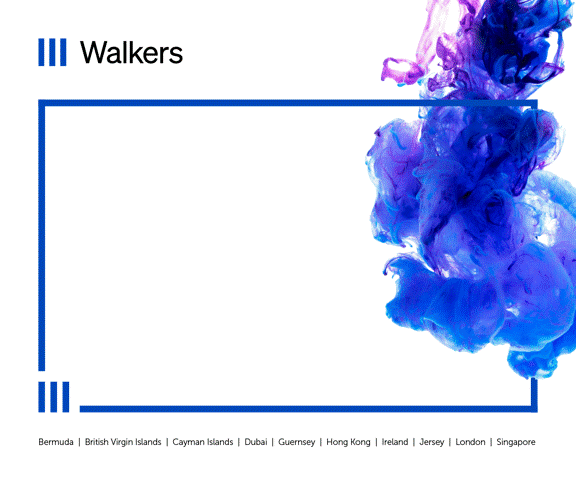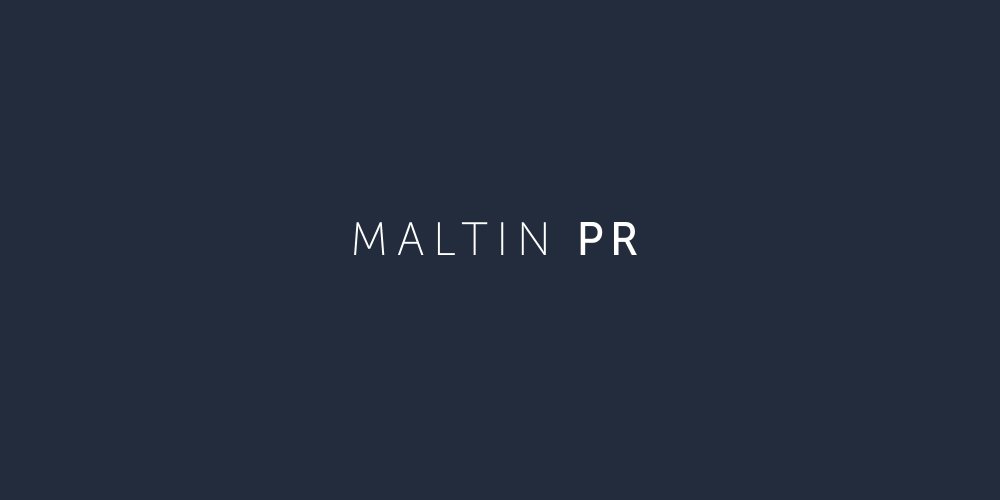
David Boies: What Prince Andrew can expect in court from Virginia Giuffre’s lawyer
In a face-to-face interview in New York, before he was instructed by Virginia Giuffre Roberts, David Boies told Dominic Carman about his approach to litigation – from taking depositions and handling juries to dealing with hidden evidence and cross-examining witnesses
How do you approach a major litigation matter?
DB: My style tends to be to operate with relatively few people, in part because I find it a lot easier for me to manage a smaller group than a large group.
You do a lot of your own deposition work?
DB: I do a lot of my own deposition work, particularly the key depositions. In a major case, I will do a fair amount of my own drafts, I will prepare the first draft of pleadings and papers.
In terms of the filtering process, after avoiding conflicts of interest, what other preconditions do you have before deciding to take on a case?
DB: The first criteria is whether it is a case that it makes sense for the client to have us litigate. We specialise in large, complex, difficult litigation. If you have got a thoroughly routine piece of litigation, it is probably better off for everybody if the client goes someplace else where it can be litigated less expensively. What you’re looking for are cases that matter to the client, either as a matter of principle or because they are matters of very substantial financial importance. Once you decide that this is a matter that it makes sense to handle, the next question is: can you do it, do you have the time? One of the things that you find is that your time is a little bit elastic and you will stretch your time more for an interesting case than an uninteresting case.
How many hours a day might you typically work?
DB: During a trial, I essentially sleep eight hours a day, and I probably eat another two, and I work all the rest. In a non-trial environment, if I have to, I can do that for a very long time. I have on occasion, when we have taken on a case shortly before a trial, I’ve had to do that for a year to get ready. I would rather not, my family would rather that I didn’t, but sometimes there’s no other way to do it.
Pre-trial, if you are acting on behalf of a plaintiff you’ve talked about maximising the options, in the defendant’s case minimising the options. How does that work in practice?
DB: Three different approaches. First, if you are the defendant you are constantly trying to serve discovery demands that focus the plaintiff’s attention on narrowing its case: interrogatories, requests for admissions, to some extent depositions and the Rule 30(b)(6) that require a party to bring forth somebody with knowledge of a particular factual area and whose testimony is then a binding admission on the party, motions for partial summary judgment that will flush out what the plaintiff’s theories are.
The other side of the coin is what the plaintiff is always trying to do is answer those pleadings in a way that preserves their flexibility because what the plaintiff is still doing is finding out the facts. In most cases, the plaintiff may know the outline of its claim, but the details of its claim are very often in the possession either of the defendant or of third parties. The only way to find out the evidentiary details is to take discovery, and so what the plaintiff wants to do is to prevent the defendant from artificially tying the plaintiff down before it’s had an opportunity to see what the evidentiary details are.
If you suspect the other side of either hiding or destroying documents or evidence, what do you do?
DB: I think if you believe that the other side has destroyed or is hiding documents, that is something that you pursue as soon as you have an inkling of it. For one thing, it takes a while to prove it and you’ve got to be very alert to the opportunities to prove it. If you can prove it, ordinarily that is the effective end of the case – it should be. Now, unfortunately, some judges are so busy with their docket that they view every discovery dispute as an intrusion and they will not pay the kind of attention that they ought to the integrity of the process.
When I started practising law, it would have been unthinkable for lawyers from a good firm, a respectable firm, to hide documents, or destroy documents, or anything like that. Unfortunately, there has been some deterioration in that standard in large part because when you bring these matters to the attention of the court, different courts treat them very differently. Some courts treat them with the utmost seriousness, which is the way they ought to be treated. But some courts, and I had an experience with a federal judge here in New York, just didn’t condone it, but on the other hand, just didn’t want to deal with it either. So, I think how effective it is, depends in part, on the judge that you have got. But any judge is going to be affected by misconduct.
When cross-examining, you have a reputation of going straight for the jugular in your first or second question. That’s fairly untypical.
DB: Yes, but I find that approach works for me for two reasons. One, is that the witness is not prepared for that. The witness is prepared for a little sparring, and by going directly to the heart of the matter at the beginning, you can sometimes get a more direct and unpractised answer than you will in the middle of the examination, when his or her adrenaline is running full-steam and it’s already become a combat. In addition, with a jury, a jury will lose attention. If you are trying to lay all of the perfect foundation for some later questions, the jurors’ attention is not going to last. All the things that you think are so exciting as a trial lawyer who has been preparing this case for two years and the jury couldn’t care less about.
You’ve compared juries to children; can you explain why?
DB: By that I mean two things. One is that they are like children in the sense that they have a good sense about people. They know when people are lying and when they are telling the truth, they are very good at judging that kind of veracity. They also take their jobs very seriously. The juror sitting on big case may be doing the most important civic act that he or she will ever do and that is impressed upon them by the court and they feel it. They give that the attention that somebody who is on the outside may be a little jaded by, and may not really expect. Somebody who may not even be a registered voter, may have exhibited no particular specific civic responsibilities, they get in the jury box and they begin to feel that sense of responsibility.
You are a great advocate, therefore, of the jury system irrespective of the complexity of the case?
DB: I am not as much of an uncritical advocate of the jury system as most of the people that do what I do. That is in part because I believe that there are cases that are so complex that it is very difficult for a jury to deal with them capably. But where the fundamental issue is who is telling the truth, I think a jury does pretty well. The difficulty comes when you’re trying to put together a whole set of very elaborate, complex, unrelated, economic, accounting, sometimes scientific, issues. And under those circumstances, I think a jury is at a great disadvantage. This does not mean the jurors are dumb, they are not. I have been very impressed over the years with the ability of jurors to understand things that are explained to them. Collective common sense goes a very long way.
How would you reform the system?
DB: I don’t think that you can reform that aspect of the system, except to make jurors more representative. One of the things that happens in a long, complex case is that the people who have the most responsible jobs, the most responsibilities, can’t serve. So, you get some of the people who might be most capable of serving on a case like that artificially taken out of the jury. One thing that you could do is you could make a real effort to shorten cases. I’ve been in a number of cases, both as a plaintiff’s and a defendant’s lawyer, in which the judge has said: aren’t you going to try this case in a month. This could have been a case which could have been six or eight months, if you had given the lawyers their reign. But here the judge said it and we did it, and afterwards all parties believed that we had tried a very effective case and we had not been disadvantaged by the time constraints.
But there might be circumstances where time constraints would be prejudicial?
DB: That’s possible. But if you think that you only get thirty minutes to argue your case in the United States Supreme Court and while oral arguments are obviously different than an evidentiary presentation you ought to be able to try almost any case in a month. Some things could be done in a reformed system that do not have to do with the background training of jurors. For example, jurors are forbidden to ask questions, or if they are not forbidden they at least do not know that they have the right to ask questions. Judges don’t tell them and get very cross with lawyers who suggest to the jurors that they might ask questions.
Why is that so, because in England they are encouraged to ask questions whenever they want?
DB: Because judges are afraid of losing control of the courtroom and going down byways and passageways that aren’t important. My view is that the judge could always tell the jury: I’m sorry, that question really doesn’t relate to this case. But at least you know what’s in the jury’s mind. You’d think of a communications exercise in which all the communication goes one way for one month, two months, six months. I don’t think there’s any other form of communication that works that way. With a judge, who already starts out with an advantage, the judge asks questions all the time. A judge can find out things that the court is interested in, he’s able to tell the lawyers things they ought to concentrate on. You miss all that with a jury.
It’s an entirely passive audience.
DB: Exactly. And you keep trying to read their looks and their eyes and their faces, whereas it would be so much better if they could just talk a little bit to you.
Second, I think that is useful to allow the lawyers to talk a little more to the jury. In the conventional case, you have an opening statement and a closing argument and nothing in between other than examination of witnesses. Judge Leval, who is the senior judge on the Federal Court of Appeals for the Second Circuit, had a programme that I think was excellent and I have seen it used many times since very effectively: interim arguments where parties would be allowed to address the jury along the way, to explain things, to point out what’s coming. Now you do that with a judge all the time, and doing it with a jury makes at least as much sense.
A third area where you can improve is by allowing lawyers to give some materials to the jury to actually read. We give briefs to judges. There is a problem with literacy. But there is no greater problem with literacy than with hearing understanding: there are going to be differences among jurors in their ability to read and understand written language. There is a concern that if you give things in writing that will give too great an advantage to jurors that may more adept with language. On the other hand, the same thing is true in a large document case, and most of the kind of cases that we are talking about have a large number of documents anyway. The same thing is true, to some extent, in terms of the ability of jurors to listen and absorb and formulate ideas and argue as a jury. So, on balance, I think that just as we give written materials where they can go and think and reflect on, to judges, it would be useful to do that, at least to some extent, with jurors.
Growing up in Illinois, is that an advantage working in New York?
DB: There is an advantage to having a variety of regional experience. I’ve tried cases in California, Texas, New York, Florida, Oklahoma, Georgia, Minnesota, Arizona, Montana, Oregon, New Jersey, Illinois, Delaware…that helps you communicate. Some regional experience before you start trying those cases is also helpful because it teaches you a little bit about what a broad and diverse country this is and eliminates the provincialism that can sometimes come from lawyers practising in only a particular area. That is typical in this country because we have got this crazy system where you are only admitted to the Bar in one state and you need permission to practise in a case – now that permission is relatively feely granted – but just the fact that you need that permission means that basically lawyers stay at home.
How do you handle tough opponents in court?
DB: One of the virtues, but also from a different perspective, one of vices of the kind of cases that I do is that they are so important that both sides are usually pretty well represented. You don’t have any easy marks on the other side. Now, that can make your life as a trial lawyer more interesting and more rewarding and you’re basically dealing with people who are both good lawyers and men and women of integrity: people that you can do a handshake deal with and trust and people who you know are not going to waste your time with a lot of silliness. But it’s the case for good or for ill, that you usually have very good lawyers against you.
You’ve talked about the conduct of a case being like three or even four-dimensional chess, and yet clearly, from a juror’s viewpoint, it has to be conducted at a fairly simple level so they can understand it. How do you juxtapose the complicated facts of a case with the need to keep it simple?
DB: What you really have is almost a primitive computer system with input devices, processing and output. And your presentation to the jury is the output and that output has got to be clear, it’s got to be simple and it’s got to stand in a case like the kind that I do that go on for a while, the test of time. Nothing will make a lawyer lose a jury more than damaging his or her credibility by telling a juror – the same thing holds true for a judge – something that proves not to be quite right. So you’ve got to make a presentation that is both simple, straightforward, understandable, but is also rigorous enough so that it can’t be undercut.
To arrive at that, what you have behind that screen is a whole series of inputs where you’re doing research and analysis, taking depositions, reading documents, and doing economic, accounting and scientific research. And then you’ve got processing: you put it all together. When you’re putting it all together you are both putting it together from the standpoint of: how can I present it? But you are also putting it together in a sense of: what do I say first; what do I say next; what’s my opponent going to say; how am I going to react to what he says; how is he going to react to what I say; what’s the right order to present these witnesses in, what is the right order to present these exhibits, how much of my case do I want to try to put in through the other side (that’s particularly an issue for a defendant’s lawyer because the plaintiff goes first); how much do you try to put in; how do you keep the jury with an open mind? If the other side gets two months with the jury, your biggest challenge is how do you get those jurors to keep an open mind so you get the chance to tell your story.
What advice would you give to a young litigator about how to learn their business and how to conduct themselves to the best advantage in front of a jury?
DB: You want to watch trial lawyers, both in their preparation and in their presentation. You want to watch them with an open mind to absorb the things that work for you and discard the things that don’t. Don’t ever try to duplicate somebody else. You can’t ever be a first-rate trial lawyer if what you’re trying to do is be somebody else because you’re not that person and what works for them won’t work for you. You can take bits and pieces from several people, you can merge them, you can modify them – that’s the process we all go through. But you need to build on your own strengths, your own abilities, your own style; and the only way to do that is to see a lot of people try cases.
The second thing is: get out and take depositions, argue motions. Do all the things that are trial-like. They won’t tell you how to do a trial because only doing the trial will tell you that, but what they will do is help you develop and hone the skills that you need when you get there so that you’re comfortable.
The third thing that I would say is read. Read about trials, read about trial lawyers. A young lawyer can learn a lot from reading The Devil and Daniel Webster – you learn about persuasion.
What has inspired you most in terms of reading?
DB: I grew up watching Perry Mason and reading Erle Stanley Gardner’s books. I think that. in a kind of perverse way some people might say, shaped my idea of what it meant to be a trial lawyer more than anything else. It looked interesting, exciting and you were helping people.



